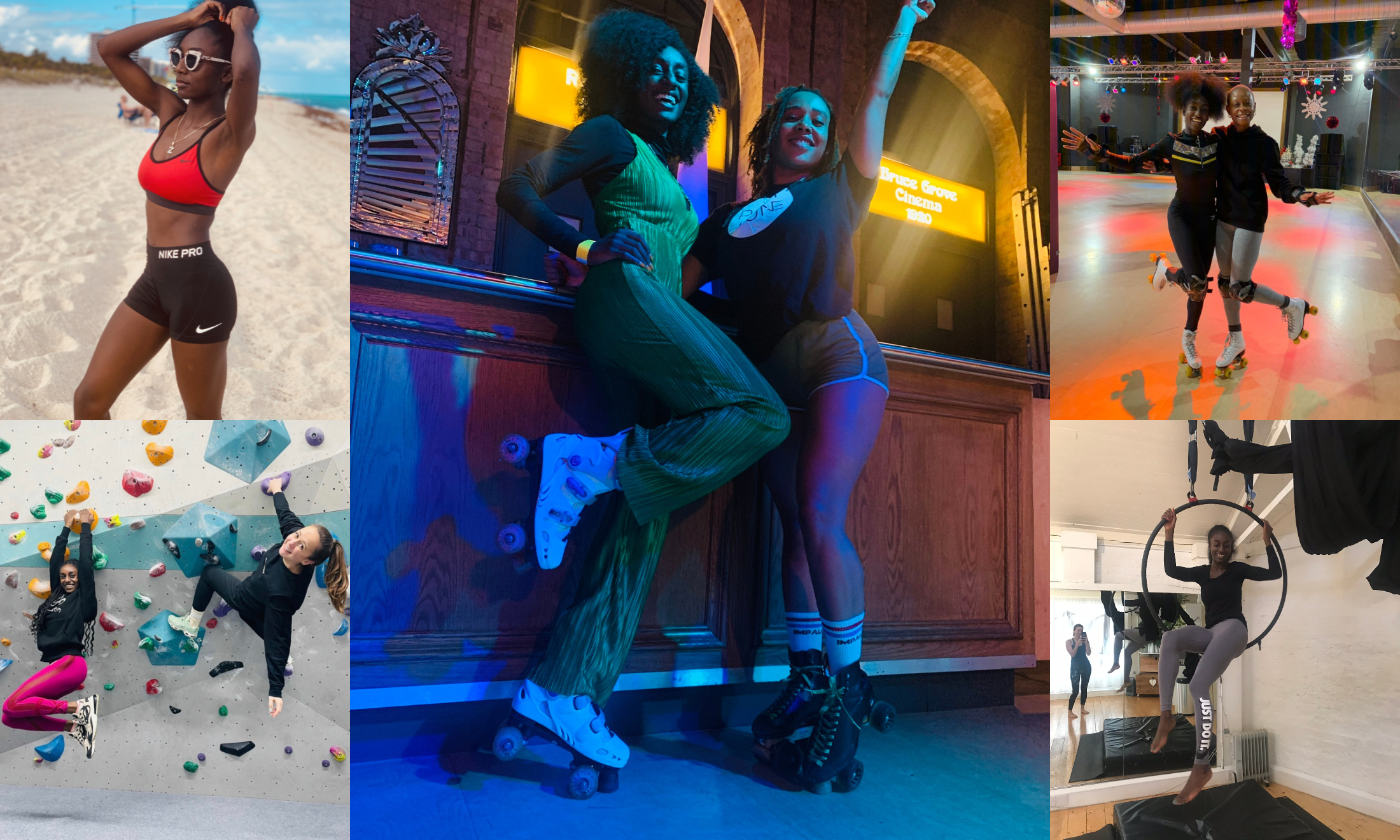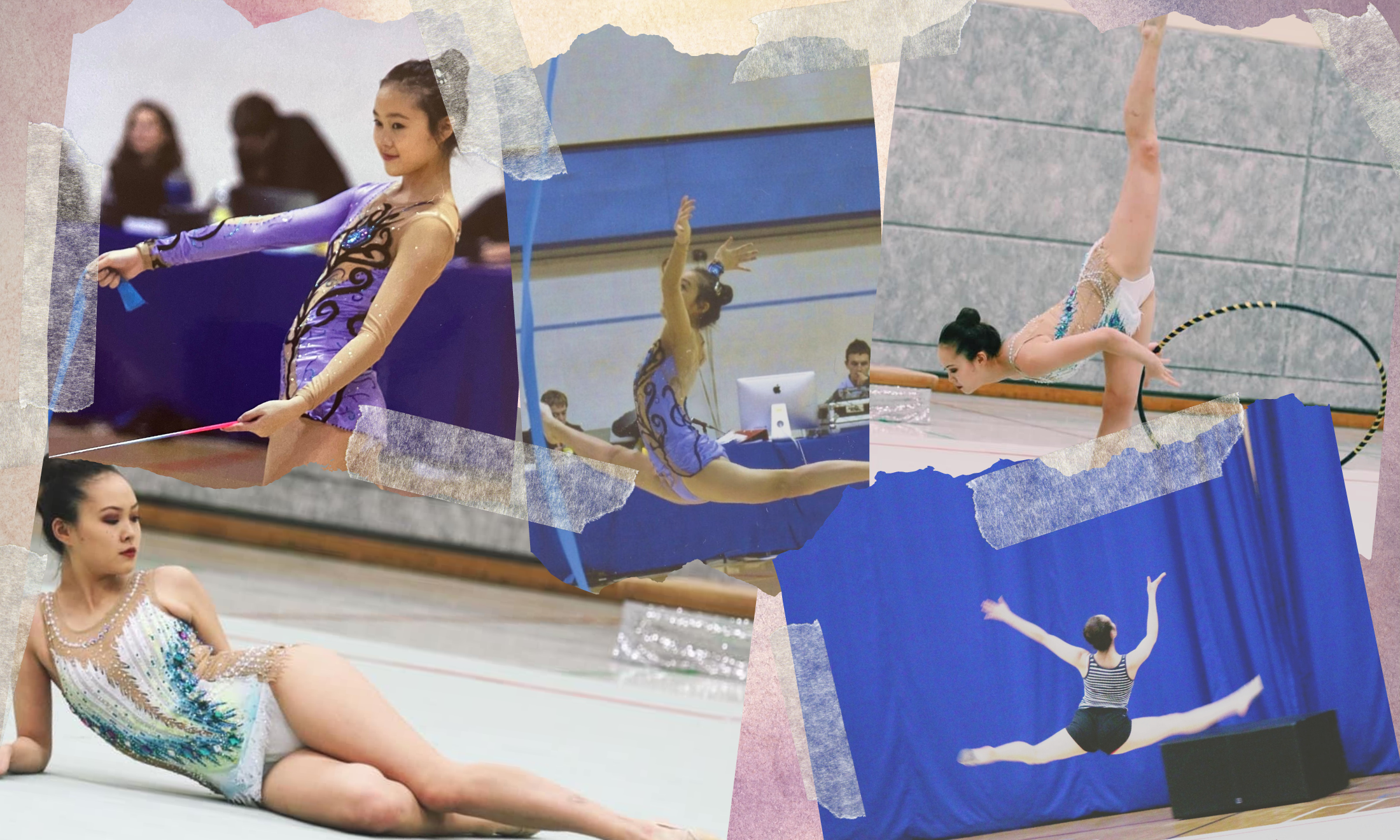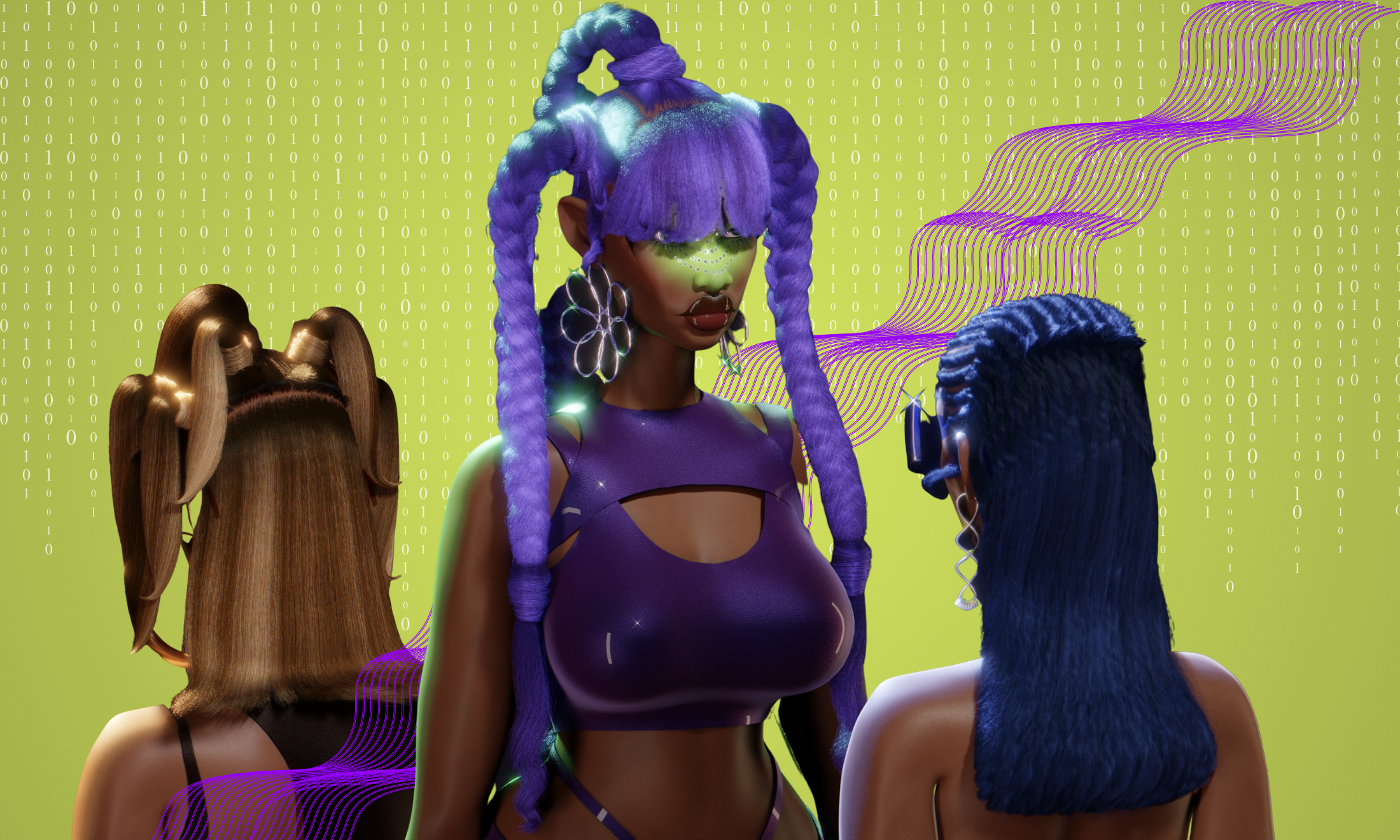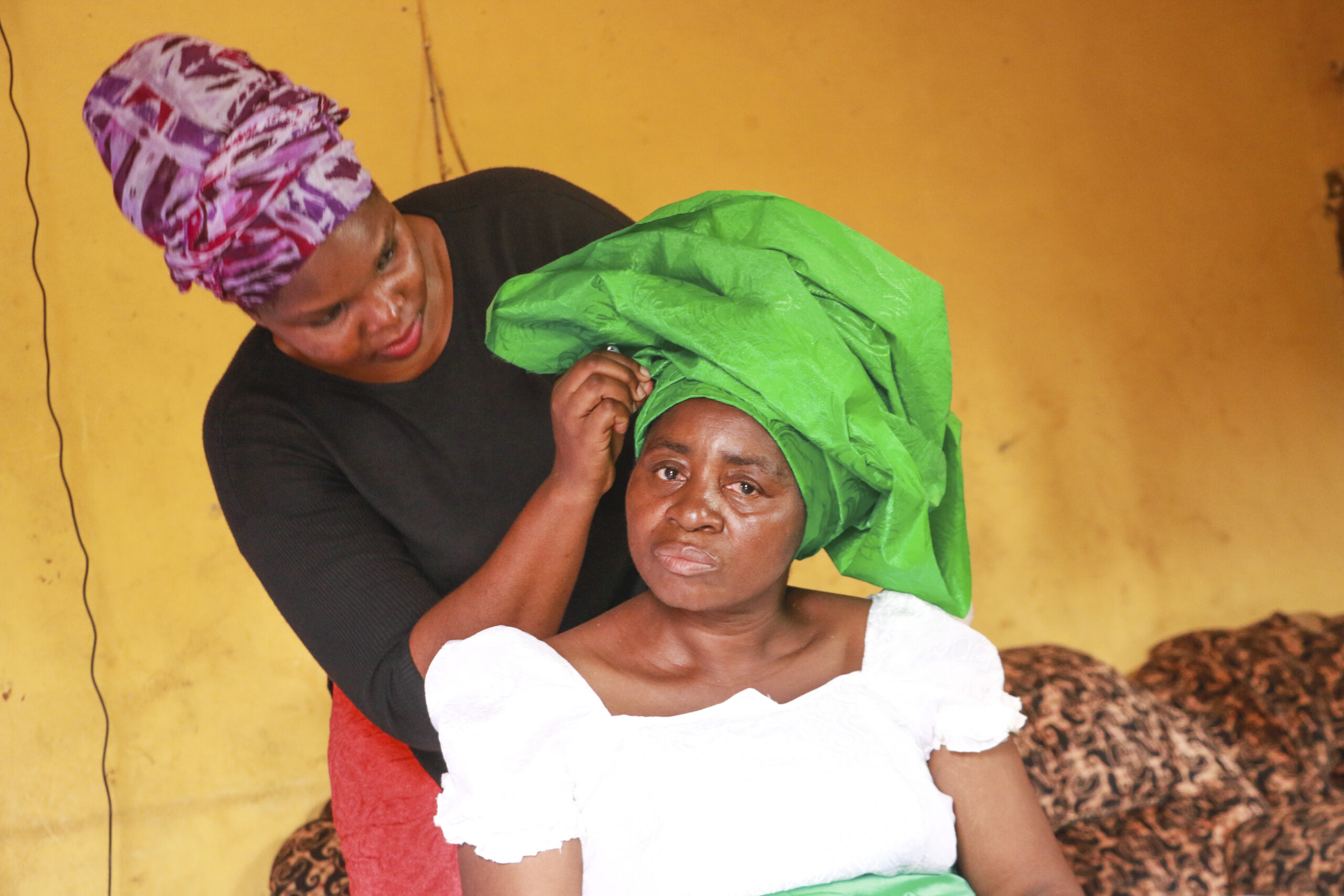
Photography by Buenosia Carol via Pexels
CN: This piece contains detailed discussion of eating disorders
Let’s consider a skinny white girl, whose previous trauma, present pressures at work or ongoing difficulties at home have driven her to seek a sense of control in an unhealthy monitoring of her daily calorie count, her weight, and/or the size of her waist. You know the one – Cassie in Skins, Blair in Gossip Girl, Hanna in Pretty Little Liars, Olivia in Feed – you’ve almost definitely met her in a film or TV series before.
I was drawn to a magazine when I saw Lily Collins as its cover star and an interview about her journey with anorexia nervosa promised inside. You might find my subsequent twisted excitement upon learning of Lily’s Netflix film centred on the illness, To the Bone, disturbing. Or you might relate to my desire to see a story similar to my own struggle told on a widely used platform, that desire to feel like I wasn’t alone in my experiences.
On its release, I watched in sad understanding as Collins, who stars as Ellen, seized up in anger and panic at the idea of consuming a chocolate bar. My stomach lurched as she did sit-up after sit-up, the physical pain that resulted dwarfed by her inexplicable need to be smaller. I’d be lying if I didn’t acknowledge that there were elements of the production that I found to be truly reflective of how life can be when your brain is being controlled by an eating disorder.
However, it did not go unnoticed, nor did it surprise me, that every patient in Ellen’s care home, bar one, is gaunt and white. And Kendra, the one non-white patient in the group, is the only one who looks to be of a medically “healthy” weight. She laments that whilst she is able to binge eat, she can’t get her body to throw up after doing so. Whilst a number of the home’s other patients are given their own plotlines to support the depth of their characters – Megan’s heart-breaking miscarriage and Luke’s career-ending knee injury each given their own respective spotlights over the 107 minutes of the film – a single jokey nod to her attraction to women is the only character progression that Kendra is given. She’s a background character, a (and I’m not trying to be unnecessarily harsh here) pathetic and failed attempt to show diversity of race and form of eating disorder in those who suffer from them.
When we see our illnesses depicted on TV and cinema screens, but predominantly in their most extreme forms and almost always in permutations of a one stock character whose story – bar her illness – we find anything but relatable, that voice that’s told us for years that we aren’t really ill or, at least, not ill enough for it to matter – it only gets louder. “You weigh too much to be anorexic.” “Only girls, and white girls at that, can be bulimic.” “You may not eat a lot, but you still eat, so your diet isn’t restrictive enough to be a problem.” “You’re too old and too poor to have binge-eating disorder.” “You are not a skeletal, young white woman from a reasonably well-off but dysfunctional family – you don’t fit the bill.”
Now I am not, in any way, trying to belittle the experiences of young white women who are suffering from or have suffered from eating disorders. These illnesses are destructive and my heart goes out to everyone who has had the misfortune of meeting with an eating disorder.
“You are not a skeletal, young white woman from a reasonably well-off but dysfunctional family – you don’t fit the bill”
I’m also not trying to deride the films or TV series mentioned above, or any others that include white, female characters with eating disorders in their narratives. Writing about and representing an illness that is this complex is so difficult. No two experiences of any single eating disorder are the same, and the balance between creating an honest depiction and safeguarding the health of your viewers is damn impossible to reach. Those who try sometimes get it more wrong than right but we should still commend them for their attempts.
What I am saying is that we can and need to do better, because representation matters. Melissa Fabello, an eating disorders writer and body image expert, explains it perfectly: “When we are continually given the same story over and over again, we start to believe that it’s the only story – and that leaves more marginalised experiences invisible. That’s dangerous.” And she and I are not the only ones who think so.
“‘When we are continually given the same story over and over again, we start to believe that it’s the only story – and that leaves more marginalised experiences invisible.’”
I interviewed a number of girls of colour who spoke of what it felt like to be marginalised with an eating disorder. Here are some of their responses:
“When I suffered from anorexia, my black family and friends lacked an understanding as to why I would ‘choose’ to starve myself. Those surrounding me saw my recovery in terms of me just deciding to eat, so they couldn’t see any underlying reason for my eating disorder apart from this perceived choice.”
“It was made known to me that black and mixed people were seen as less likely to suffer from anorexia…I’d read pro-anorexia blogs with pictures of white girls with thigh gaps. I never thought about it much but I do think it made me want to fit in that that kind of ‘ill girl’ aesthetic. At the time I’d straighten my hair loads and I wa also becoming paler due to a lack of nutrition.”
“I didn’t even acknowledge that what I had was an eating disorder until I was 23. I was oblivious to the idea that eating disorders can manifest differently in different people, and because I didn’t see a reflection in my culture anywhere, I couldn’t see that what I was doing was actually an illness. Even though I knew I was suffering around food, I looked at the white girls on TV and thought, ‘nah, that’s not me, there’s no way it could be’.”
“‘I looked at the white girl on TV and thought nah, that’s not me, there’s no way it could be’”
“I definitely feel that lack of representation in the context of idealised white bodies can trigger/exacerbate eating disorders and make recovery twice as hard for people of colour. It isn’t only about the disorder for us, it’s connected to so many wider aspects of the ‘ideal’ and body image, and not seeing bodies like ours that our brown, or hairy, or have big noses etc, leave us still trying to measure up to this vision of whiteness that our disorders grasp onto.”
Eating disorders don’t discriminate, whether you’re a young, black transgender office-worker, an elderly Asian grandparent who cooks dinner for their fairy-tale happy family every night, a white, female arts student, a middle-aged Hispanic man – or a twenty-year-old Muslim of East-African Asian descent. They don’t always produce visibly emaciated bodies, or result in lengthy stays in care homes or hospital wards, and they aren’t always a product of past or present trauma.
This is the reality of these illnesses – and it’s time for mainstream narratives to reflect it.









